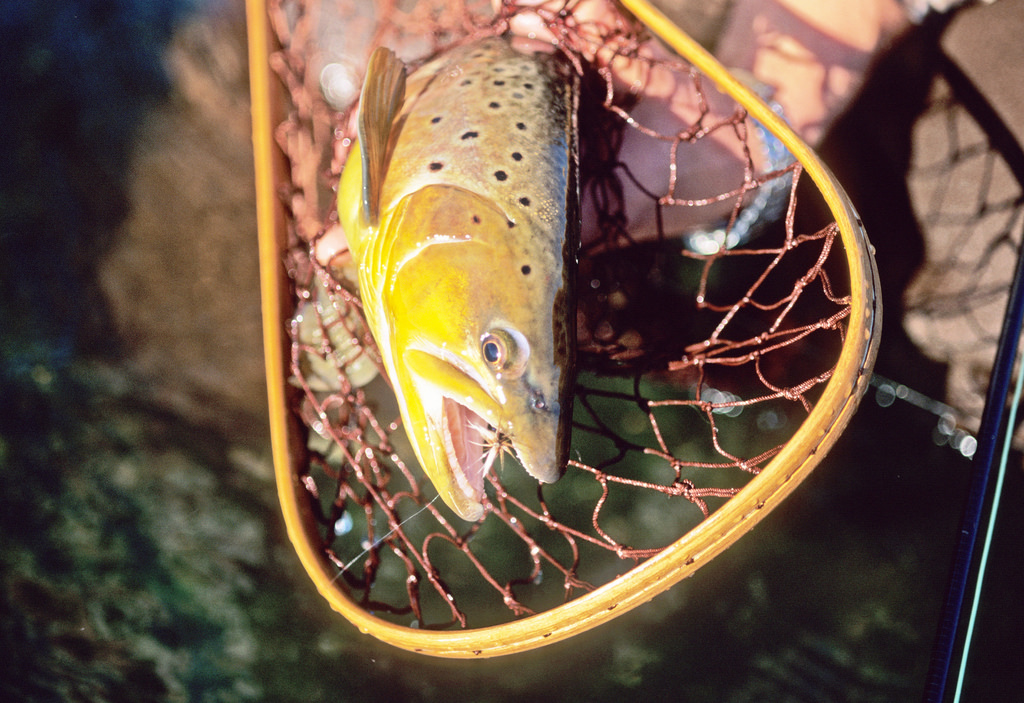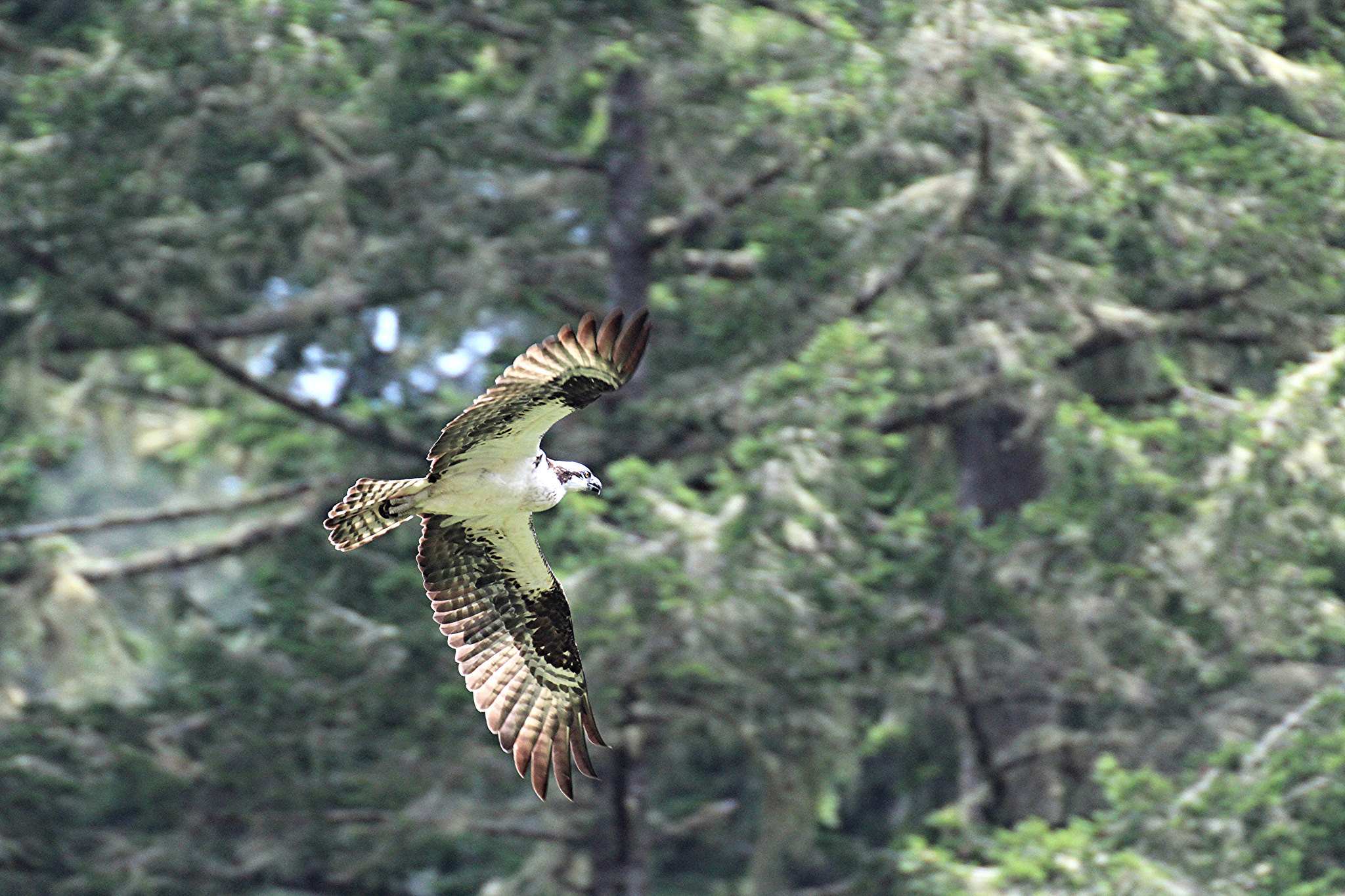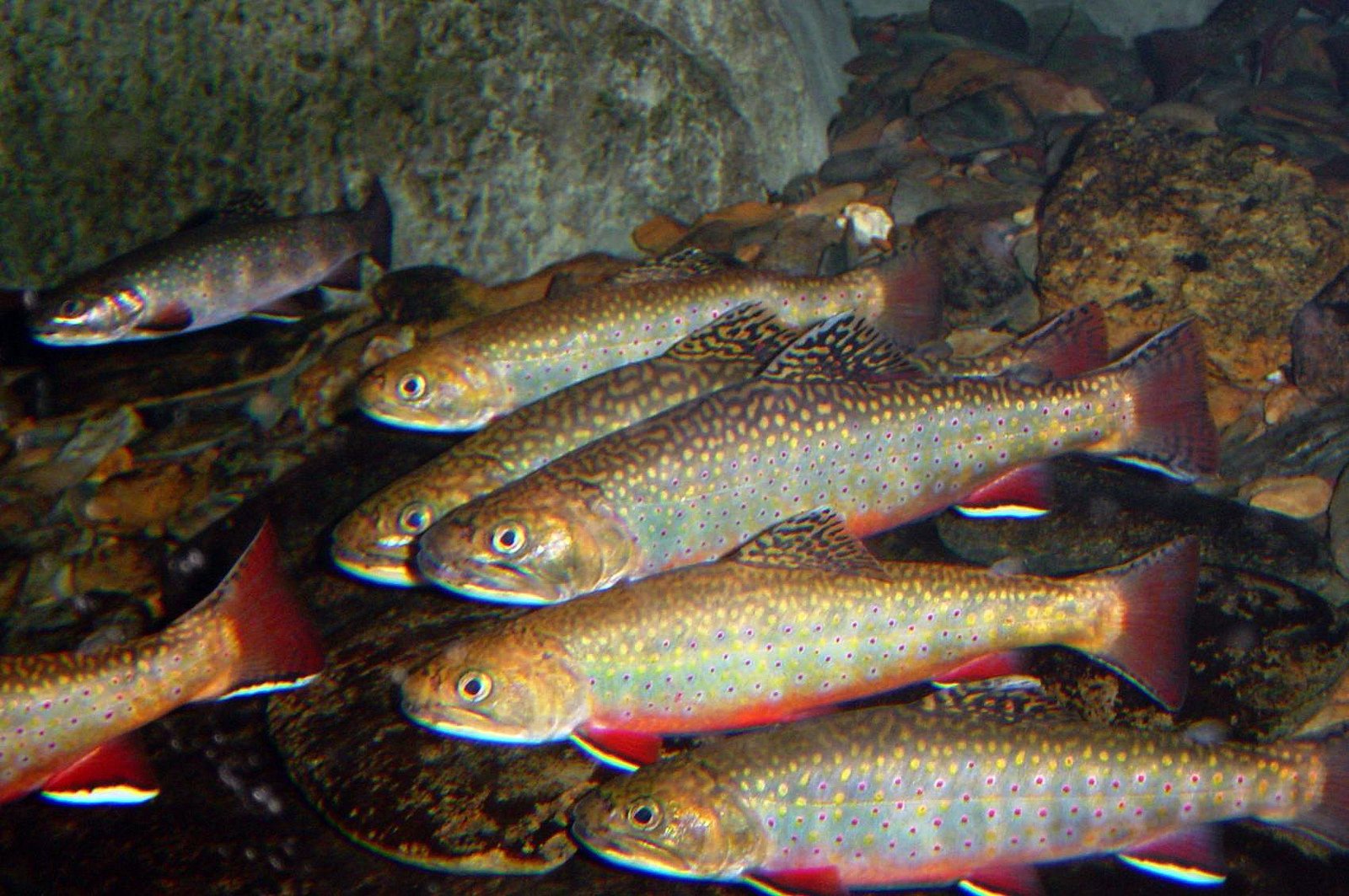If you haven’t subscribed to Tom Rosenbauer’s Orvis Fly Fishing Guide podcast now is the time. Rosenbauer is a well regarded fly fishing author and the Marketing Director for Orvis Rod and Tackle, and his experience and knowledge of the sport approach encyclopedic levels. In a recent episode of his podcast, Rosenbauer provided some crucial tips for fly fishing in warmer weather. Below are a few of the tips Tom mentions. Listen to the full episode here to hear the list in its entirety.
1. Think small and high.
Small mountain streams at higher elevations. That’s the place to be when the mercury starts to rise. Though these fisheries usually require a little more effort to locate and reach, the pay off is well worth the work. High mountain streams remain much cooler than the big rivers down low where trout tend to shut down when temps reach 70 degrees and above.
2. Bring out the dries.
Subsurface insect activity tends to hit a lull during the month of August so stock your box with dries and leave some of the nymphs at home.
 3. Hit the hole early.
3. Hit the hole early.
There’s always something magical about hitting the stream around day break, and arriving early is increasingly important in August. This is when water temps will be at their lowest point of the day, creating a more hospitable feeding environment for the trout you seek. As Rosebauer says in the aforementioned podcast, morning fishing is preferable to evening fishing because the water has had a chance to cool overnight, whereas water temps can reach their highest point of the day after the sun goes down because the stream has been absorbing heat from the sun for several hours.
3. Focus on riffles and other portions of swift moving water.
There are a few reasons why trout prefer fast moving water in the warm summer months. For one thing, the swift water obscures the vision of potential predators like ospreys and herons. Riffles also produce more food than still water, carrying terrestrials and aquatic insects directly to the fish so they don’t have to expend valuable energy searching for it. 4. Keep an eye on water temps.
4. Keep an eye on water temps.
Carry a water thermometer and check the stream temp periodically. When water temps begin to approach and exceed 70 degrees call it day or head for colder water. Because oxygen levels decrease at these temps, trout are less active and tend to become extremely vulnerable. If you do hook up, chances are the fish won’t survive the fight.
5. Stock your box with ants and beetles.
Rosenbauer considers the the use of these flies as a deadly secret weapon in summer time. These are insects that trout are accustomed to seeing year round, so they usually won’t hesitate to eat one when presented properly. Unlike some of the bigger terrestrials that are so popular in summer like grass hoppers and chernobyl chubbies, ants and beetles are subtle and don’t require as much commitment from a curious trout. If you are fishing the bigger terrestrials consider tying an an ant or beetle dropper.
More from the Fridays on the Fly blog:







